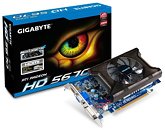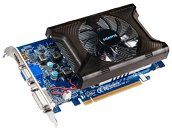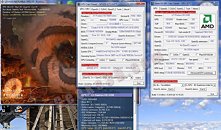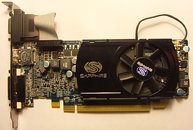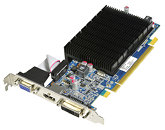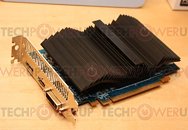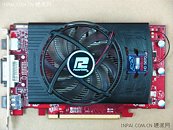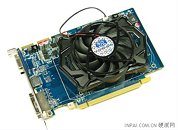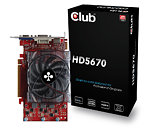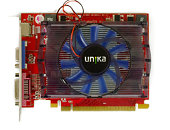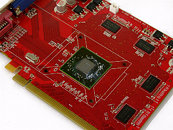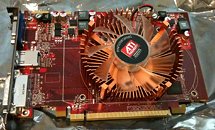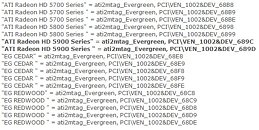
Intel Granite Rapids SKUs Detailed With Up To 128 Cores and 500 W TDP
The newest leak from X (formerly Twitter) has detailed five Intel Granite Rapids SKUs, including the 6980P, 6979P, 6972P, 6952P, and the 6960P. Featuring up to 128 CPU cores and up to 504 MB of cache, these show that Intel Granite Rapids will double the amount of cores compared to the Emerald Rapids SKUs.
The newest leak coming from Jaykihn over at X, following the previous leak that detailed the most powerful SKU. The 6980P will pack 128 cores, pack 504 MB of cache, have a 2.0 GHz base frequency and a massive 500 W TDP rating. The rest of the SKUs have lower core count, ending with the 6960P, which comes with 72 cores, 432 MB of cache, but also a higher 2.7 GHz base frequency.
The newest leak coming from Jaykihn over at X, following the previous leak that detailed the most powerful SKU. The 6980P will pack 128 cores, pack 504 MB of cache, have a 2.0 GHz base frequency and a massive 500 W TDP rating. The rest of the SKUs have lower core count, ending with the 6960P, which comes with 72 cores, 432 MB of cache, but also a higher 2.7 GHz base frequency.








